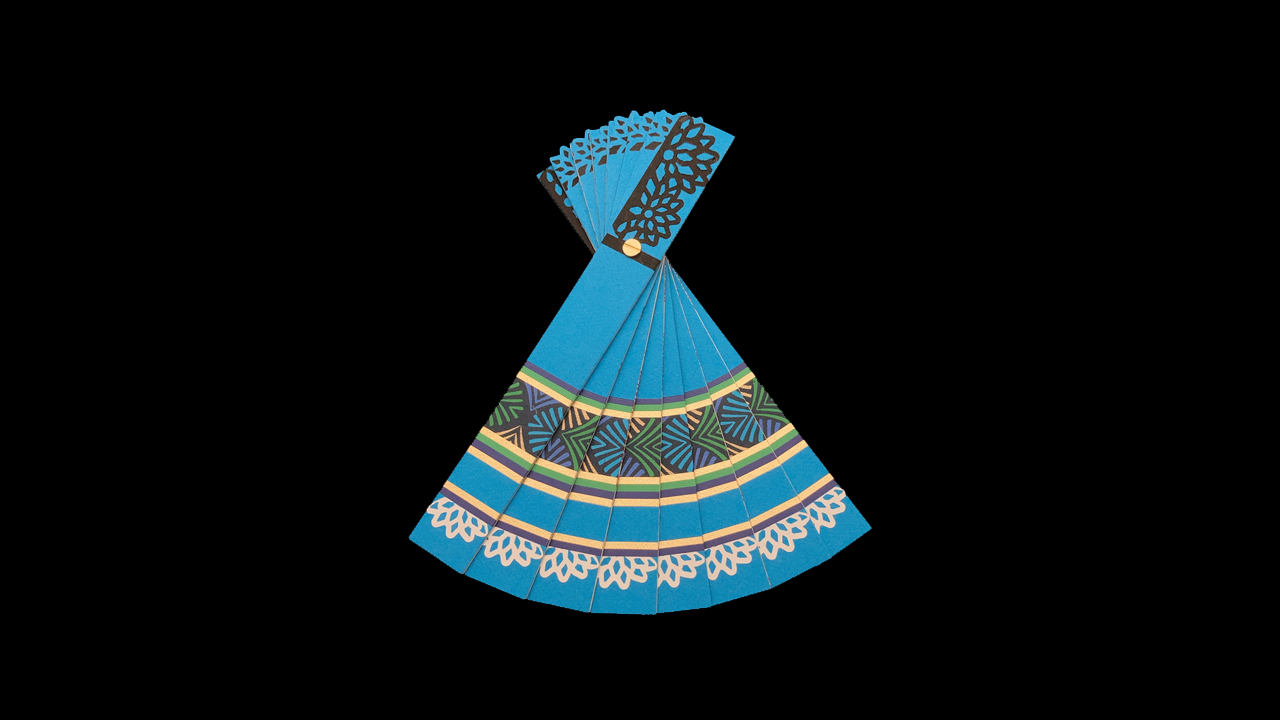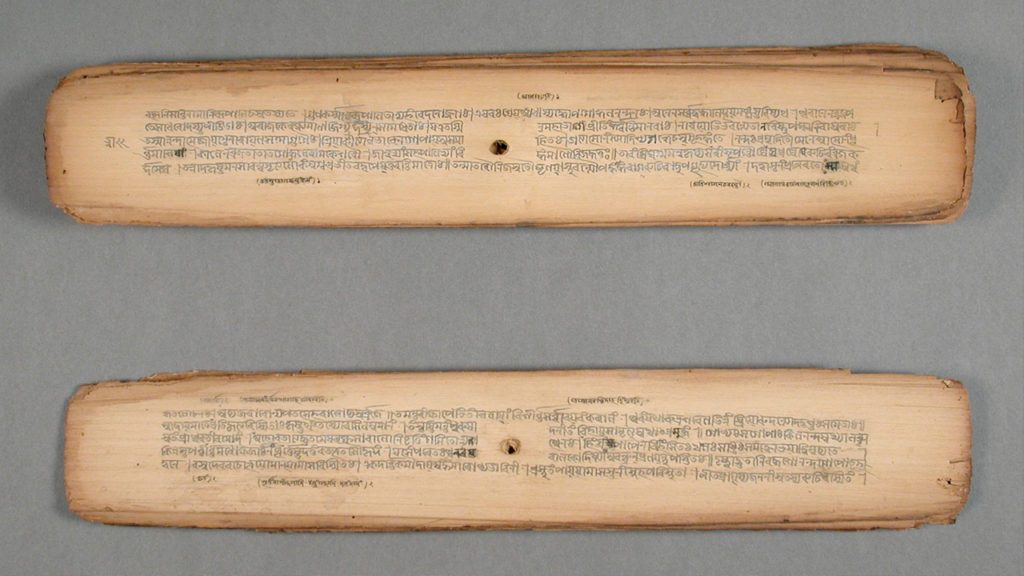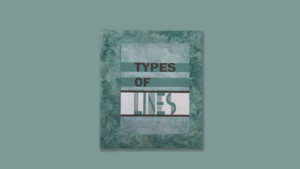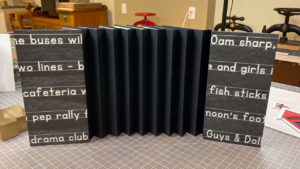This was the very first Are You Book Enough challenge for the calendar year 2022, and it was a challenge indeed! Folklorico was a term with which I had zero familiarity… didn’t have a clue what it meant or represented. The first syllable, “folk”, perhaps provided a hint. Maybe the first two syllables combined meant something… “folk-lore”. What do the unwashed masses do today when we don’t know something? We consult our friend Wikipedia of course!
Folklorico Meaning
The phrase that comes up when searched is Baile Folklorico and it means a folk dance of Spanish influence found in Mexico, Southwest USA, and Central America. The traditional dance can vary from region to region, but is characterized by “percussive heel-stomping”.
The other thing of note about the dance style is the colourful costumes worn by the women in particular. The dresses have sweeping skirts of multi-colour bands that are trimmed with lace and ruffles. The dance is mostly done with a partner; but if alone, then the woman is known to use a fan.
Folklorico: From Definition to Book Art
From the folklorico definition, ideas were starting to percolate: bands of colour, lace, dresses with a large sweep, and fans. My background is in fashion, so of course it makes sense that I would focus on the dress! It is always interesting to see how the mind works to make associations and connect the dots. For me, the biggest connection for this folklorico theme was linking the idea of a fan with bands of colour.
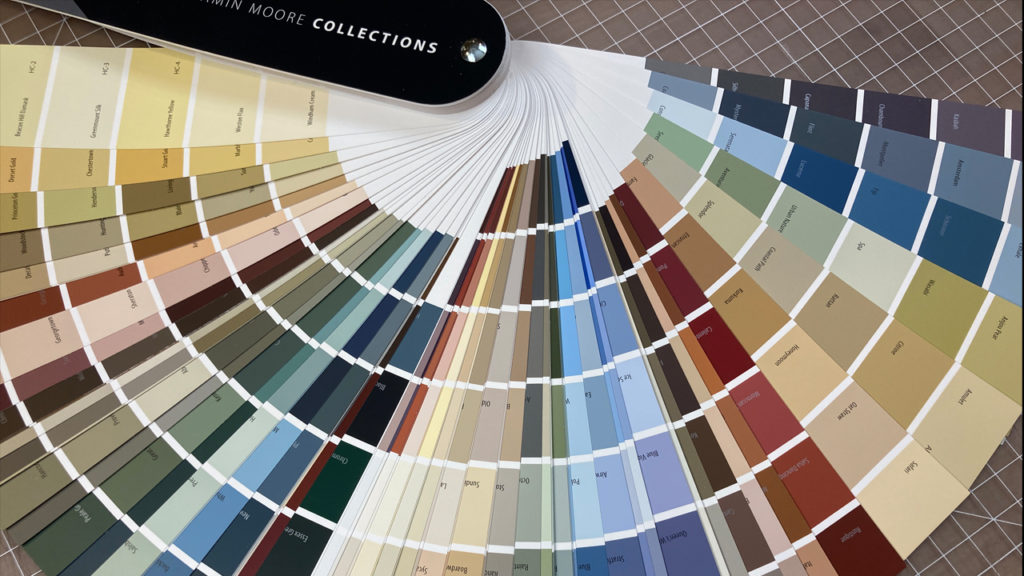
Whether it’s paint or textile, all manner of media is often presented in a fan configuration for the purpose of selecting colour. When I first saw the folklorico dresses, they completely reminded me of the humble paint colour fan deck pictured above; plus, it is kind of neat that the female dancers might also use a fan when performing solo. It would appear that my concept was meant to be… serendipity!
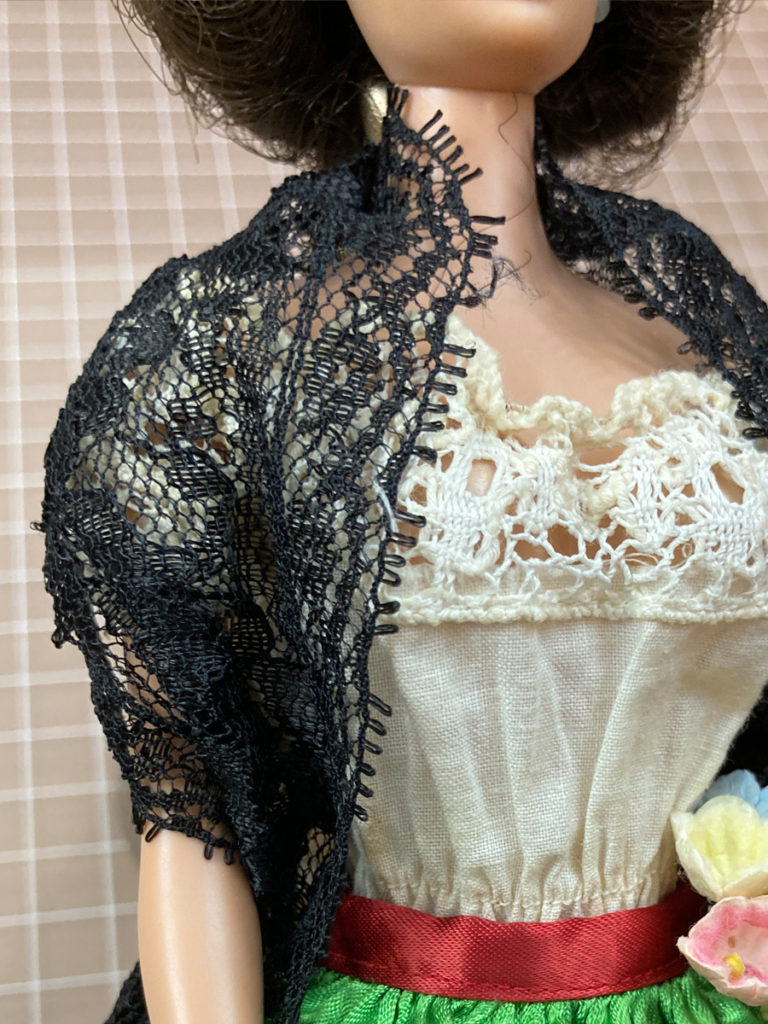
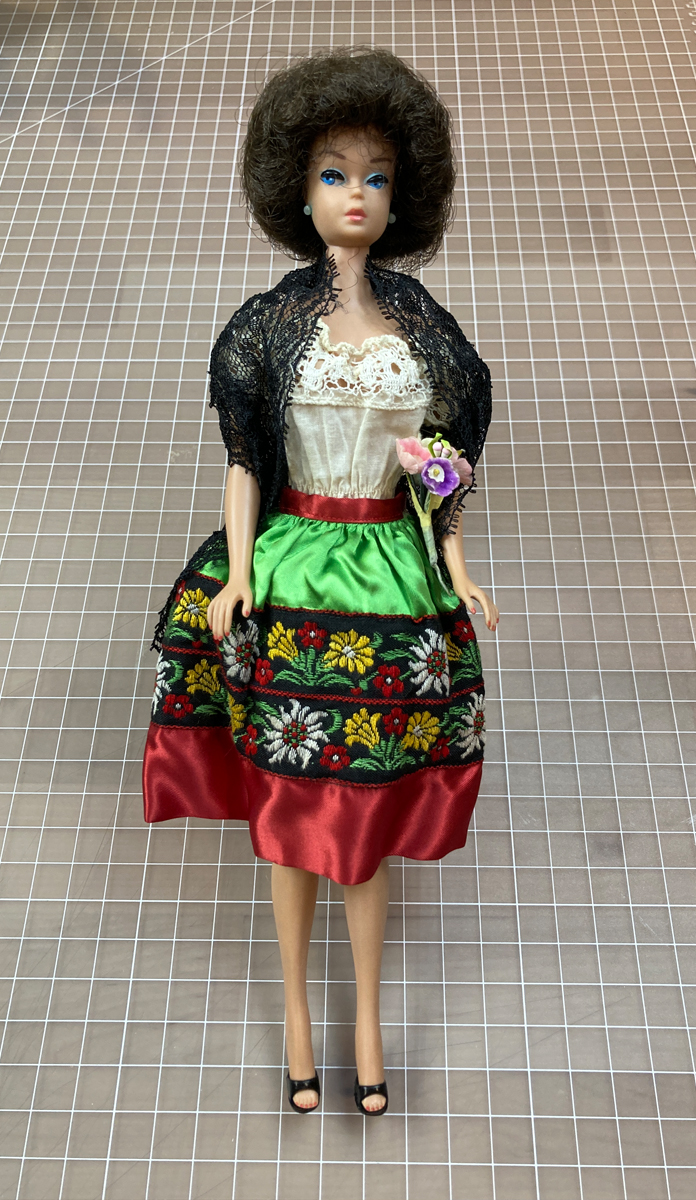
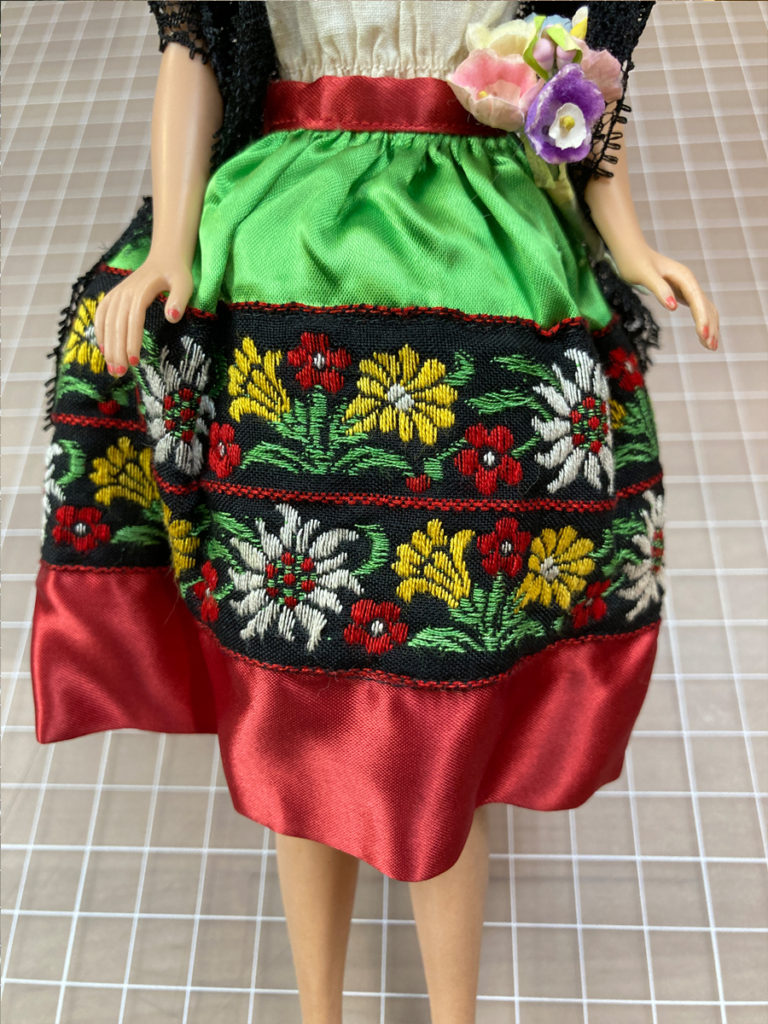
Next, I went on the hunt for my old Barbie doll. From memory, I knew there was a “Mexico” Barbie outfit that was much like the folklorico pictures I had seen on-line. Indeed, Barbie had a beautiful skirt that was in colourful horizontal bands – the bands both solid and patterned. Plus, she had a lace bodice and wore a black lace shawl. While the sweep of Barbie’s skirt was not nearly as generous as the real thing, it is clear that the fashions for my old doll drew from the elements of the folklorico style.
The Palm Leaf Structure
The decision for the right book structure for this project was an absolute no-brainer… it had to be the Palm Leaf structure. After all, one of the variations of the palm leaf is a fan!
Back in 2010, I attended “A Palm Leaf Book Evening” presented by CBBAG Toronto. At this event, Senani Perera showed his collection of palm leaf books. The books were fascinating, and the information shared by Senani was fabulous. Yes, the books were made from actual dried palm leaves. The text was not written onto the leaves, but rather scratched into the surface with a stylus. Ink is then rubbed onto the surface of the leaves where it settles into the scratched grooves. Not only was I mesmerized, but I thought some day I would make a book based on that structure. Well, twelve years later, here was the day!
Binding the Palm Leaves
The interesting thing about the palm leaf structure is that it can have a single binding point or it can have multiple, usually two, binding points. Original palm leaf books were bound together with a cord, but in the case of modern adaptations with the single binding point, some form of a rivet is typically used. The single binding point can be positioned in the middle of the book (as can be seen in the photo above); or, as in the paint fan deck, it can be positioned at the end.
For my palm leaf rendition, I positioned the binding point at approximately the one-quarter mark. This was strategic because when the book was “fanned”, the binding point acted as the waist of a dress – with the full, sweeping skirt below and the bodice above. From there, it was just a “simple” matter to find the right cover materials that would make the book look like one of those dance costumes.
The Ribbon Skirt
While designing the pattern for my folklorico project, I immediately recognized the pattern of the Indigenous Ribbon Skirt. I quickly took a look on-line to what differentiated a Ribbon Skirt from the Folklorico costume. The basic difference seems to be in the overall sweep of the skirt (the Ribbon Skirt is not as full); and, pattern. The Ribbon Skirts are highly patterned – they appear to be made from colourful printed calico. The bands of colour are supplied by actual satin ribbon trimming. While the overall impression is similar, the differences between the two are worth noting.
So as part of my monthly project, I decided to make a Ribbon Skirt as well. It was purposely made in orange tones to honour Orange Shirt day.
A Final Musing
I do like to conclude my blogs with a good quote:
“Let us read, and let us dance; these two amusements will never do any harm to the world.”
~ Voltaire
Barb

